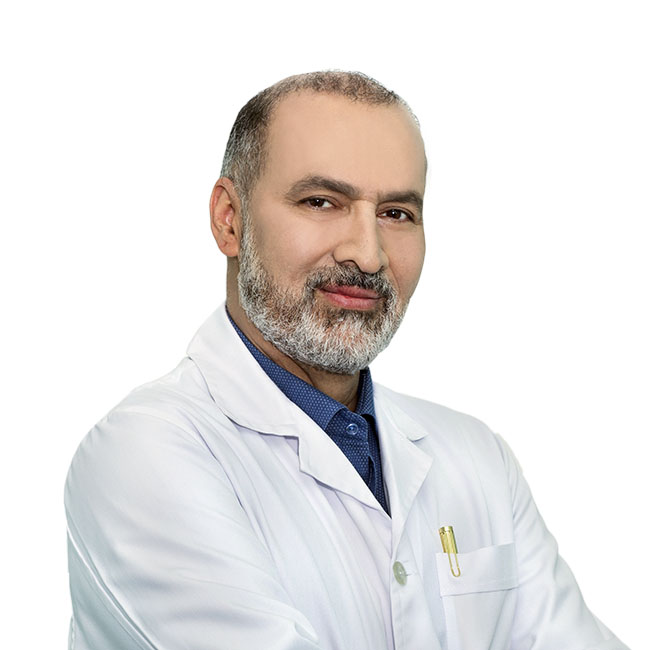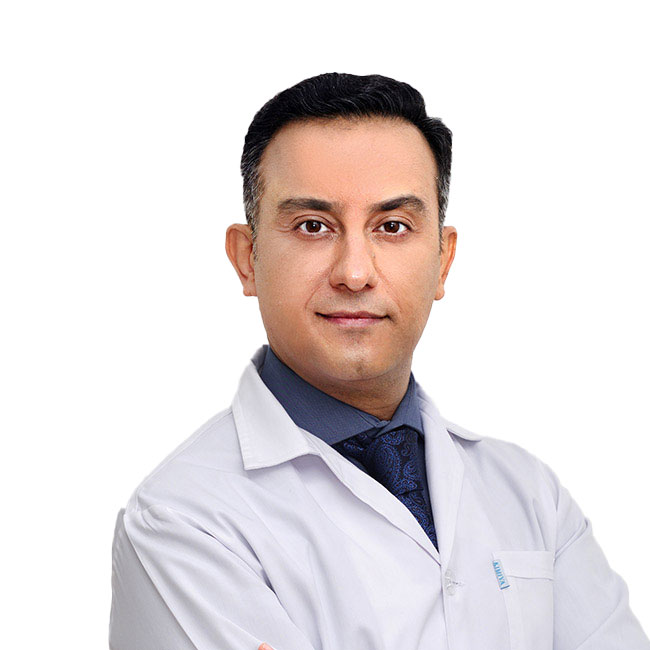Varicose & Spider Veins
Spider and varicose veins are subtypes of vascular conditions characterized by the appearance of twisted, swollen, or non-swollen veins in the skin, exhibiting colors such as blue, red, or skin-colored tones. These veins are often observed on the legs, hips, buttocks, and face, with the latter regions being more commonly affected. Understanding the underlying causes of spider web varicose veins and implementing preventive measures are crucial aspects in managing this condition. In this comprehensive guide, we will delve into the intricacies of these vascular conditions.
What are Spider Veins?
Have you ever noticed bluish or reddish lines on your thighs or legs, ranging from minute to tangled patterns resembling a ping pong ball? These are known as varicose veins.
Varicose veins encompass veins or capillaries situated beneath the skin's surface, caused by problems with the vein valve's functionality during blood circulation. When the condition results in pain and swelling, it is referred to as varicose veins, whereas when it manifests as a spider-web-like pattern in the subcutaneous tissue, it is termed as spider veins. Spider veins, similar to acute varicose veins, do not cause discomfort or pain, with genetics and hormonal changes among the factors contributing to their development.
What are the Symptoms of Spider Varicose Veins?
Some individuals may exhibit no symptoms other than the appearance of spider webs on the skin's surface (manifesting as dark purple or blue veins); however, others may experience leg pain, fatigue, and heaviness, particularly in cases of facial varicose veins. Common symptoms of varicose veins include:
- Sensation of pulse and pronounced throbbing in the leg
- Cramps and fatigue
- Swelling and inflammation
- Itching and redness
- Sensitivity and tenderness upon touch
- A sensation of warmth at the site of the varicose vein (indicative of a blood clot)
- Ulceration or skin discoloration
- Bleeding from varicose veins
- Fatigue and hindrance to daily activities
- Exacerbation of pain after prolonged sitting or standing
- Itching around one or more veins (blocked veins)
What Causes Spider Varicose Veins?
Varicose veins predominantly affect the leg veins, as standing and walking, especially for prolonged durations, increase pressure in the lower body's veins. Consequently, blood cells accumulate in the veins, leading to congestion and, subsequently, an increased likelihood of spider varicose veins. Other factors contributing to their development are:
- Vein valve problems impeding normal blood flow
- Non-alcoholic fatty liver disease (NAFLD) causing fat accumulation in the liver
- Blood pressure issues
- Weakness of leg muscles
- Overweight or obesity
- Hormonal changes, particularly sudden shifts during pregnancy
- Gravity pressure, especially in the legs
- Prolonged sitting or standing for more than 4 hours
- Genetic factors and family history
- Illness or severe injury to the leg
Who is More Susceptible to Spider Veins?
Individuals of all age groups may experience mild to severe varicose veins. Certain factors heighten the risk of developing spider veins, including:
- Age: The aging process contributes to valve wear and tear in the vessels, disrupting blood flow and causing the formation of varicose veins.
- Hormonal fluctuations: Women are more prone to hormonal changes, such as those experienced before menstruation, during pregnancy, or menopause, which may be a contributing factor to varicose vein development. Female hormones relax the vein walls and play a role in this process. The use of hormonal contraceptives, such as birth control pills, may also increase the likelihood of varicose veins.
- Pregnancy: During pregnancy, the body's blood volume increases to facilitate fetal growth and nutrition, which can cause enlargement of the leg veins and result in cord-like branch varicose veins.
- Family history: If other family members have varicose veins, the chances of developing them are higher, as a significant portion of this condition is hereditary.
- Obesity: Excess weight places additional pressure on the veins, impeding blood circulation.
- Prolonged standing or sitting: People with sedentary jobs or those sitting for extended periods (over 4 hours daily) should incorporate movement breaks to improve blood flow.
Diagnosing Spider Varicose Veins
Spider varicose veins are readily apparent and diagnosable from the skin's surface. A specialist will examine areas prone to varicose vein development, such as the thighs, and inquire about symptoms and discomfort. In some cases, additional tests may be ordered for certainty:
- Ultrasound: Utilizing sound waves, this test generates images of the body's interior to assess blood flow in the veins.
- Venography: A venogram, an X-ray technique employing contrast dye, creates color images of the veins. This test is commonly used for heart conditions and is utilized to diagnose spider varicose veins



